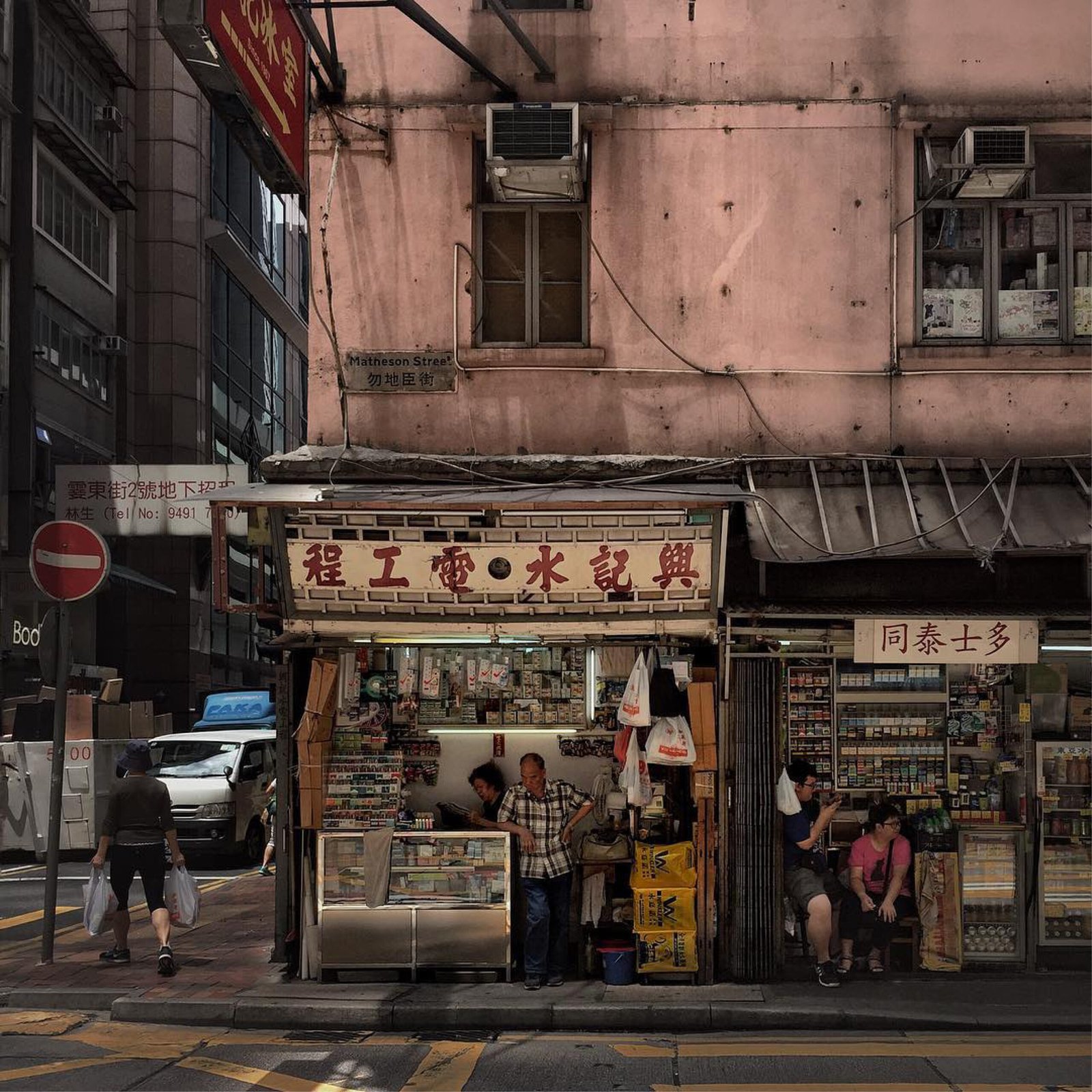Interview Patrick Kasingsing
Images Andrew Sunggono
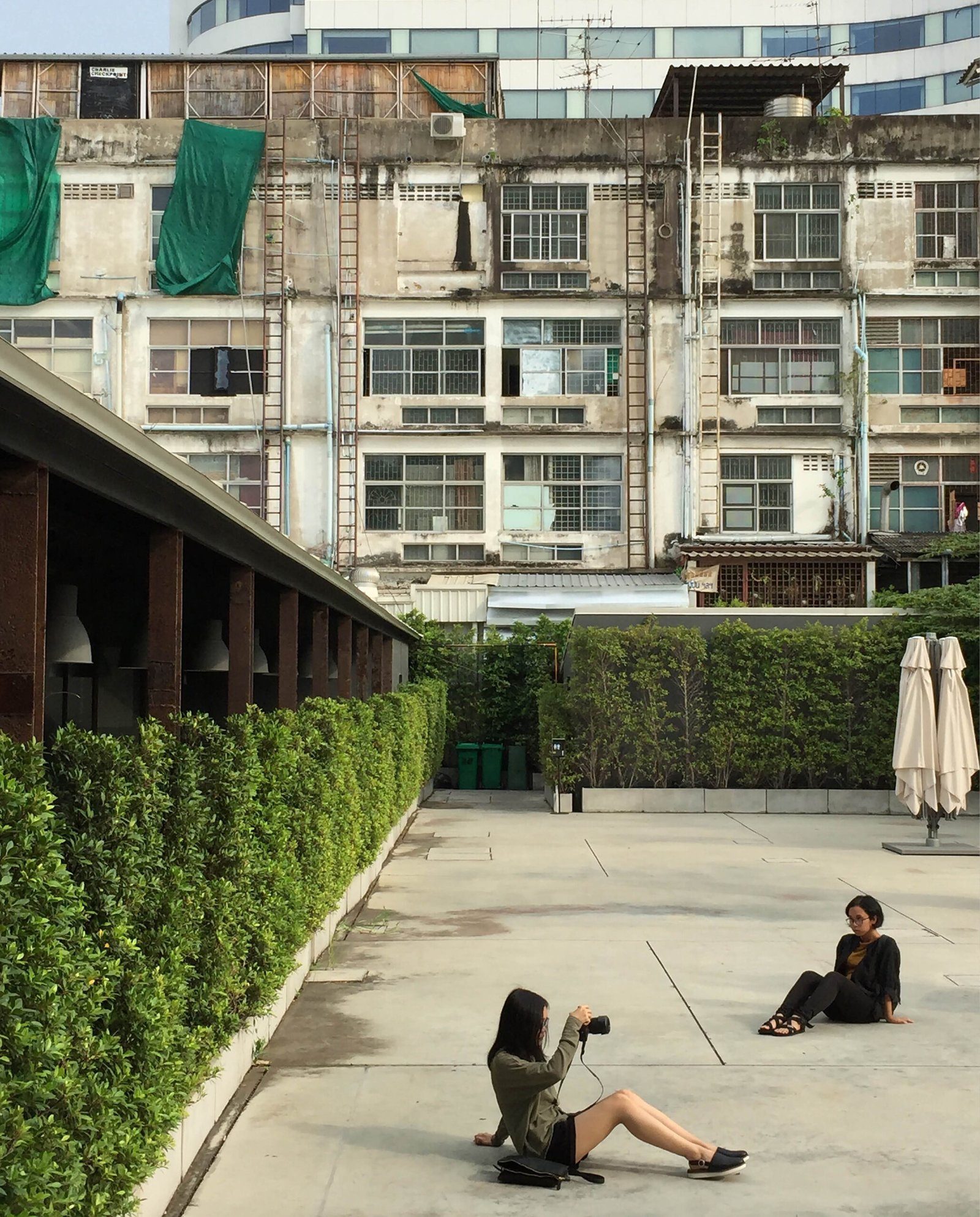

How are you? Please introduce yourself.
I am Andrew Sunggono, an architecture student from Indonesia currently doing my final year of undergraduate study in Parahyangan University, Bandung.
What attracted you to shooting architecture and urban spaces?
Architecture has always been associated with composition, of how spaces interconnect with one another, of how elements are ordered and located, and of balancing these various factors into one cohesive architectural whole. I have always been fascinated in this aspect of the profession, where you get to orchestrate how people see, feel, or experience the harmony of a space, allowing you to play with proportion, balance, and emphasis.
This attraction to composing led me to start taking architectural photography, where I learned to shoot spaces in various angles and framings to get better results. In this genre, I’ve discovered that architecture often ends up giving the starring role to human activity; the interaction of people within spaces brings both the architecture and the images to life. Personally, this is something that I aim to capture with my photography.
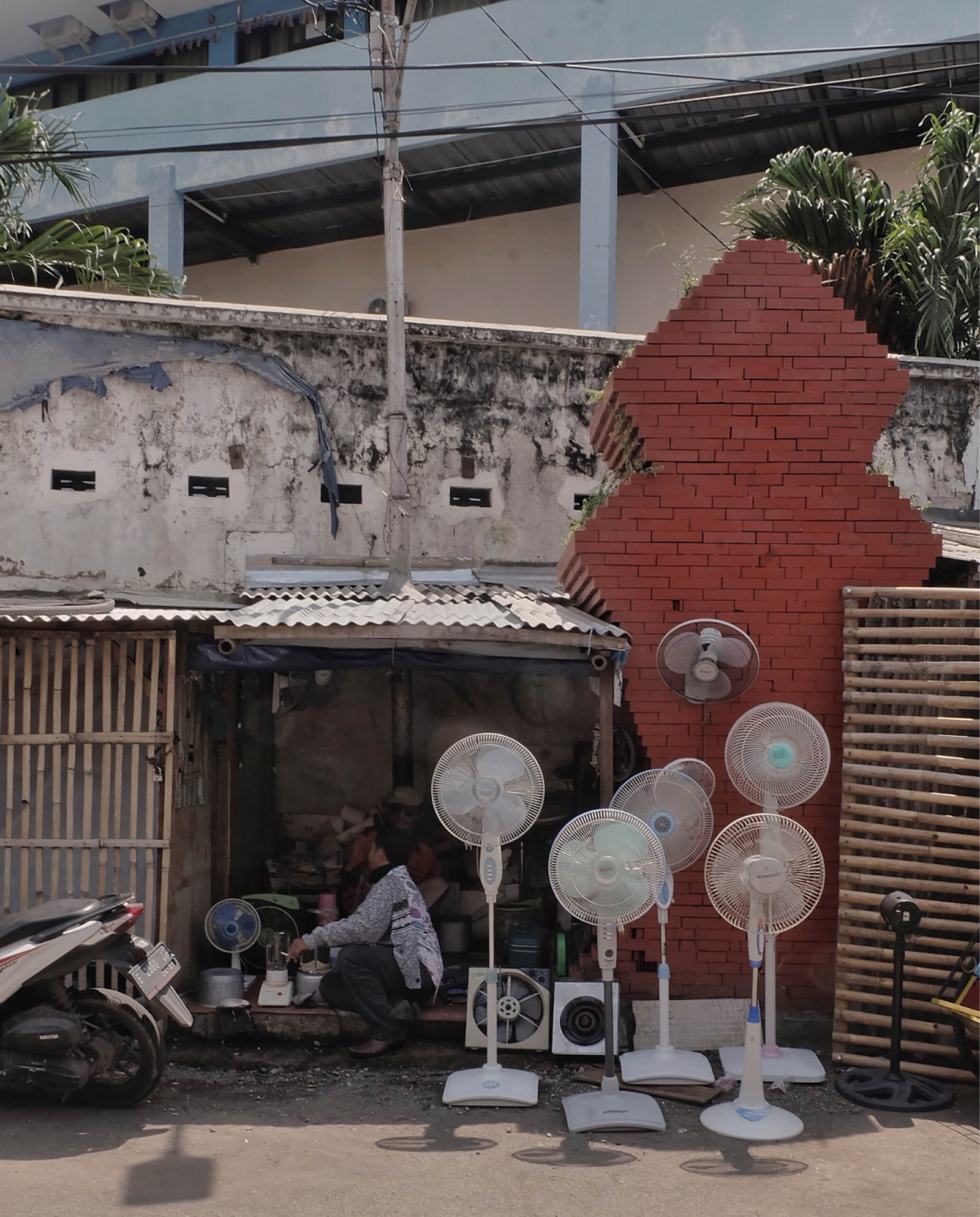

Your photos are often muted and dark, with shadowy corners and desaturated color palettes. Why such an approach?
I have always enjoyed taking my time retouching photos. Adjusting color tones and exposures in the editing process is like looking for a missing puzzle piece; I don’t have a presets library despite some of the results having quite similar characteristics. My approach aims to direct viewers to focal points in the picture, sort of like setting up a stage. I often present the background of the image in dark tones in order to emphasize the visual’s focal point. I also have a personal preference for desaturated color palettes; for me, they do not intimidate or dominate, but gently cues people to focus on the image’s chosen subject.
Which urban space you’ve shot has left an indelible mark on you? Why and what characteristics of the place did you find unique and unforgettable?
Architecture photography is a depiction of both the culmination of the complex thoughts and processes that gave birth to an architectural space, and the resulting interaction and effect it brings with its existence, to society. I would say that I’m attracted to all sorts of urban spaces that carry a story. Certain activities in small, intimate spaces often catch my attention. It doesn’t have to be beautifully designed. It could even be a rundown, derelict of even rural space; the appeal lies in the stories that can be told as a result of human interaction with such a space. This can be found anywhere, even that tiny kiosk on the corner of the road you often overlook and how frequent patrons shuffle in and out of it; you are granted a candid portrait of human habit.
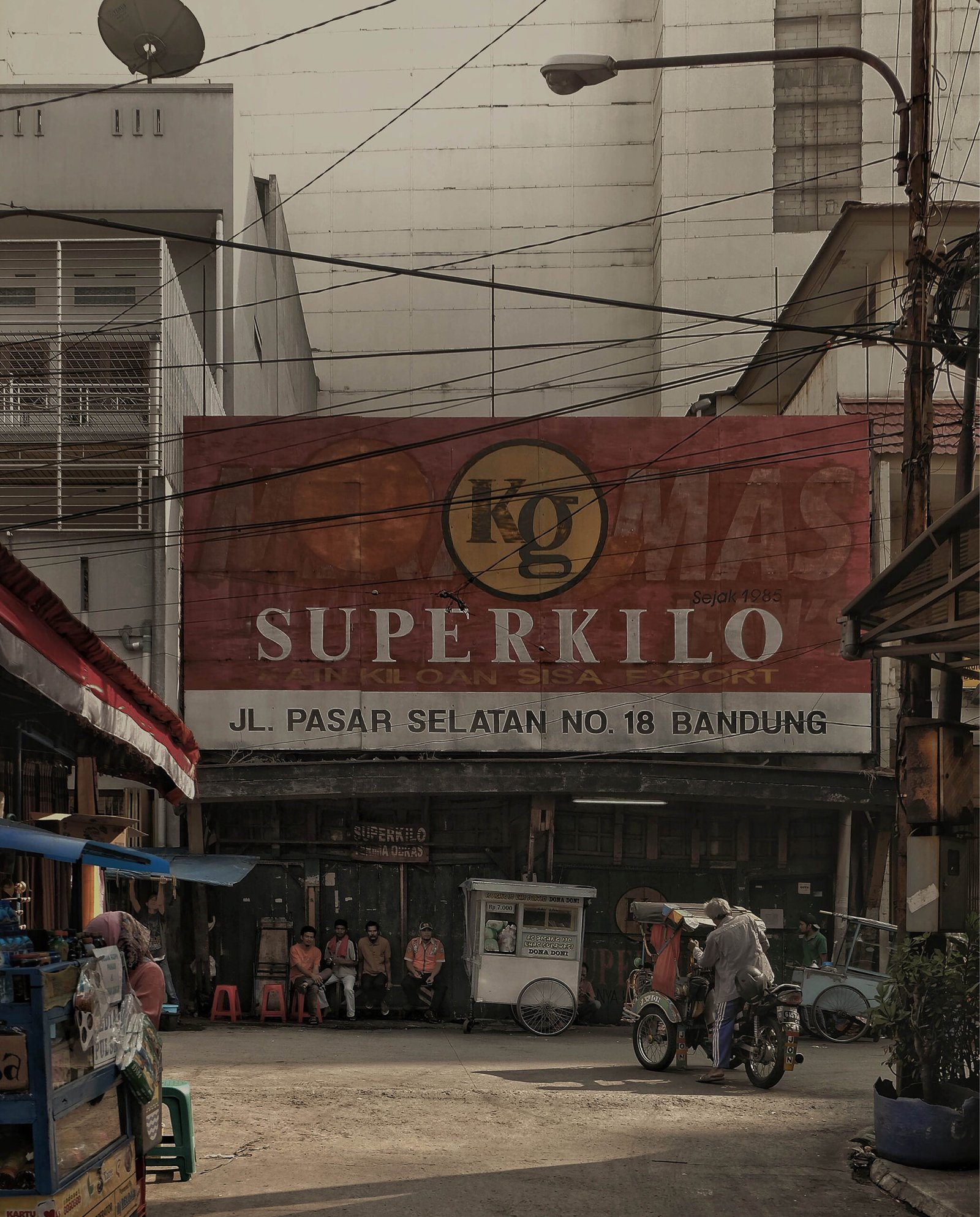

Indonesia is home to a rising number of precocious architectural talent. As a student, what aspects of local architecture do you feel should be focused on and what more can be improved?
Being critical with our response to climate and the growing urban context will help us find our identity. Located in a tropical region, architects in Indonesia have a fantastic opportunity to experiment with different approaches to dealing with hot and wet weather, creating architecture that is climatically responsive and localized. An appreciation of vernacular architecture can also give us contemporary architects a lesson that will develop our understanding of functional forms and culturally-sensitive material choices. A focus on creating architecture that enriches and livens the inhabitants within the urban context is also crucial because it is our duty as architects to interpret what the society really needs while trying to improve their quality of life.
As a frequent traveler, what observations have you made so far about the quality of contemporary society’s urban spaces? What are the benefits and what can be further improved, especially in the realm of its citizen’s mental health?
For me, the distinguishing characteristic of a well-designed urban space is its ability to shelter and encourage social interaction, a space that makes today’s very mobile citizens pause, reflect and interact. Rapid technological developments, as well as the invention of social media have significantly altered real-world interaction into virtual social experiences, naturally resulting to lack of physical social interaction. This matter has become a great concern within the realms of architecture and urban planning: how do we get people to come out and interact physically again? What kinds of spaces can be created, what characteristics should it exhibit to nurture and encourage opportunities for vigorous and fruitful social interaction?
What hobbies or other interests you pursue on your free time?
I love meeting all sorts of people, starting conversations, sharing thoughts, pursuing random discussions. It can be anywhere: going around new places, staying at my friend’s, or visiting our favorite coffee shops. •
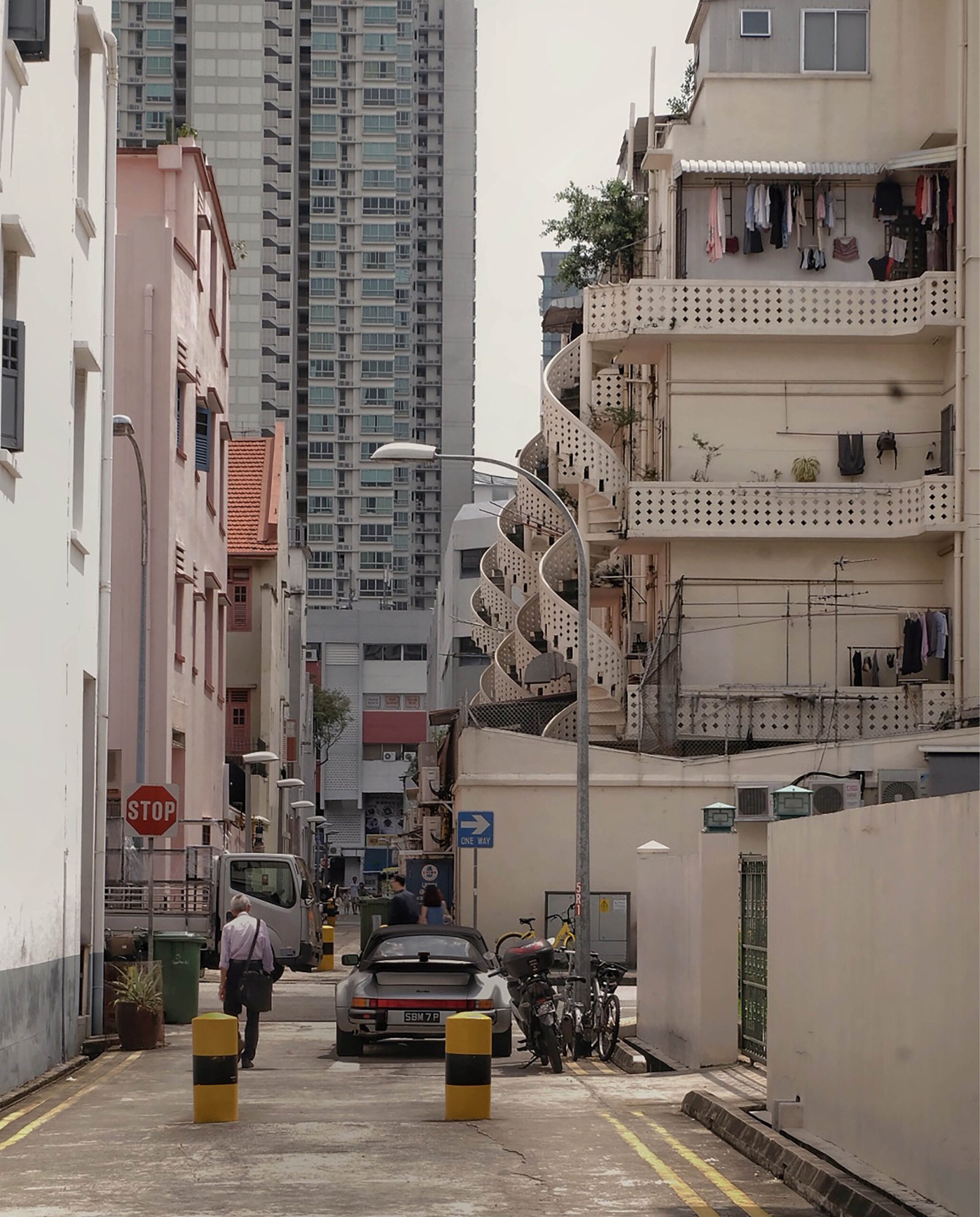



Follow Andrew on Instagram @a.sunggo
This story first appeared on Kanto No. 2 2018. Edits were made to update the article.
